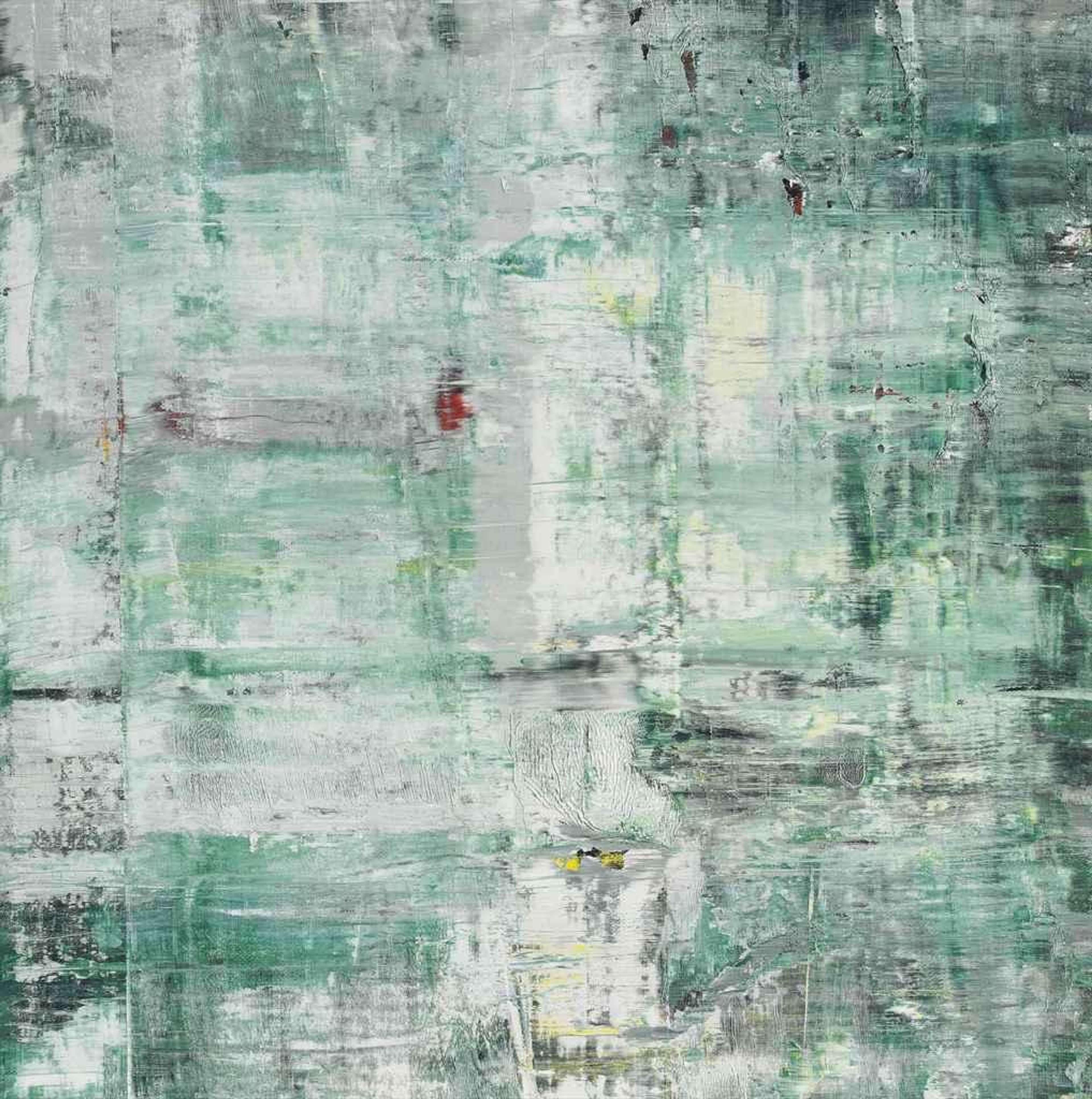
Cage Grid I Single Part E

Cage Grid I Single Part E
Signed Print
Gerhard Richter
Price data unavailable
There aren't enough data points on this work for a comprehensive result. Please speak to a specialist by making an enquiry.
75 x 75cm, Edition of 4, Giclée print
Auction Results

Track auction value trend
Meaning & Analysis
A signed giclée print by acclaimed German artist, Gerhard Richter, Cage Grid I Single Part E (2011) is part of the Cage Grid series. Issued in a very limited edition of 4, the print depicts a section of one of Richter’s 2006 paintings, entitled Cage. A standout example of the artist’s signature approach to abstract painting, the print is marked for its collection of sombre green, yellow, and monochromatic tones.
Cage Grid I Single Part E allows the intricacies of Richter’s squeegee-based approach to come to the fore with both unrivalled dynamism and beguiling complexity. In amongst the sombre, reflective washes of monochrome and green are flashes of red and neon, incidental markers testament to the layer of brighter, bolder colour concealed below another freshly-applied layer of paint. Despite being far from photographic, the work maintains a close relationship to those semi-realist works of Richter’s that comprise representational elements and gestural, obscuring layers of paint. Examples of these include the haunting September (2009) and Kassel (1992).
A further example of Richter’s ‘blurring’ technique, Cage Grid I Single Part E sees the artist cede his representational sensibilities to those creative forces product of emotion and sensorial experience. Exploring the thinking behind his blur technique, Richter says: ‘I blur things so that they do not look artistic or craftsmanlike but technological, smooth and perfect. I blur things to make all the parts a closer fit. Perhaps I also blur out the excess of unimportant information.’ In this print, therefore, Richter channels little other than the visceral, atonal music of John Cage, which he had been listening to whilst creating his Cage series. Referential visual information is unimportant: it is feeling that counts.